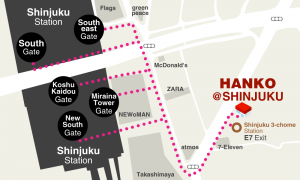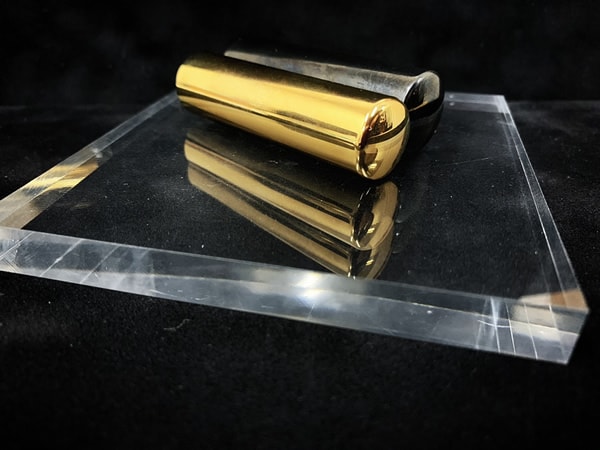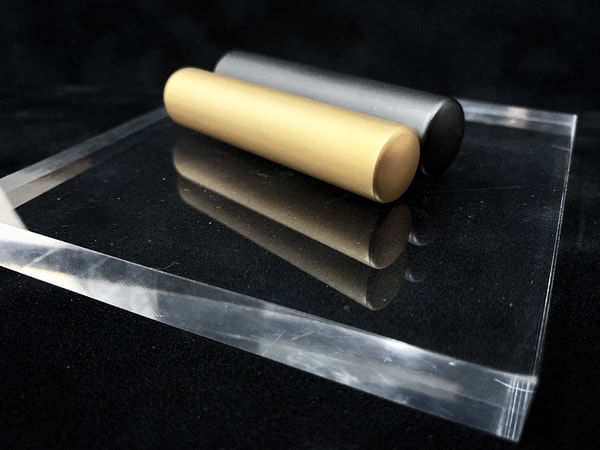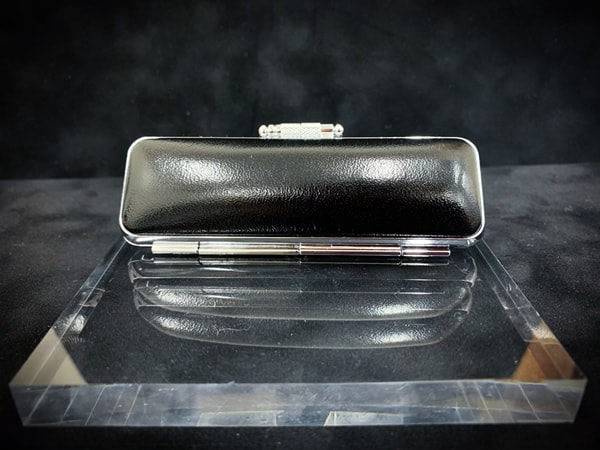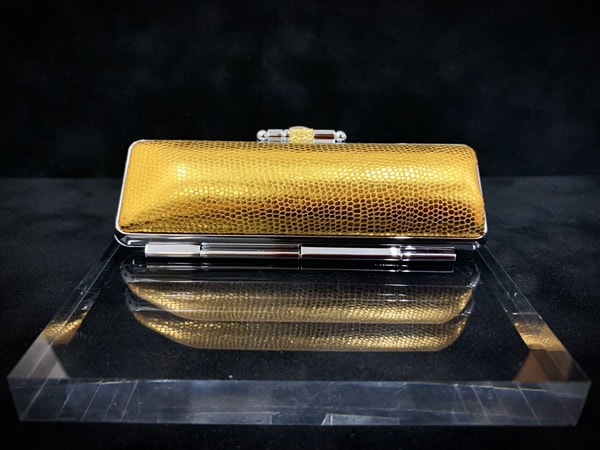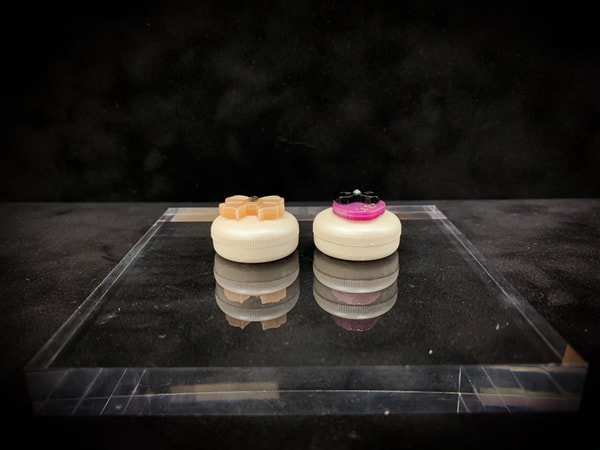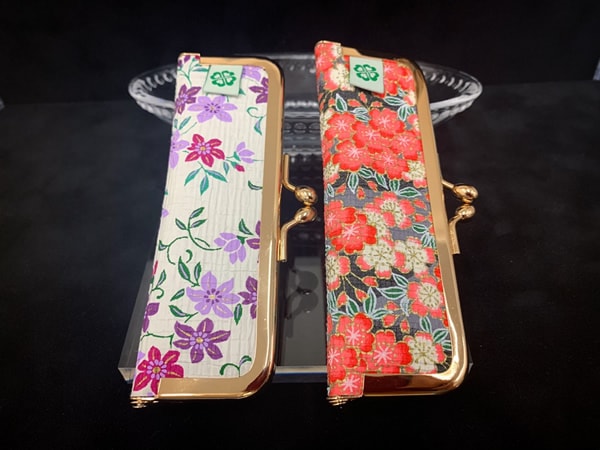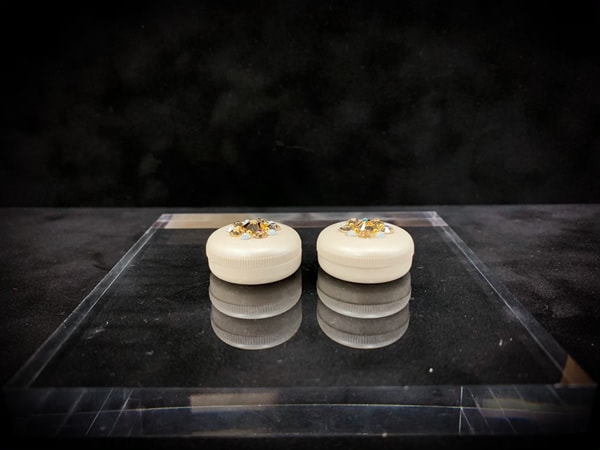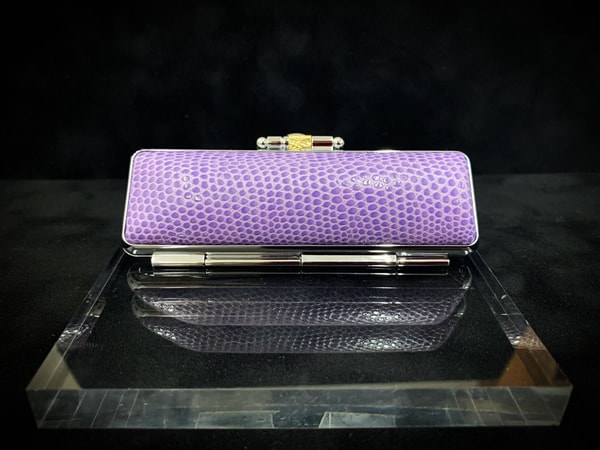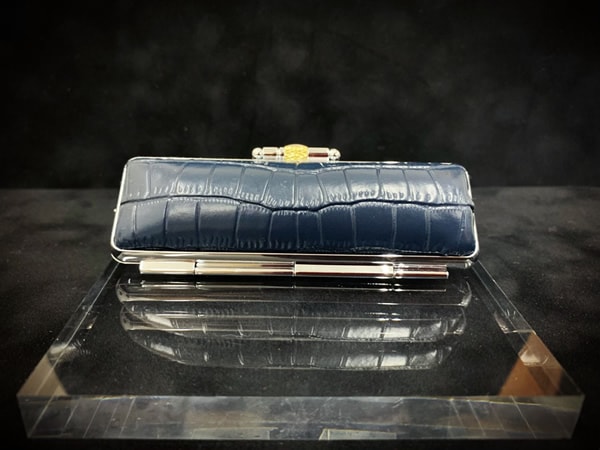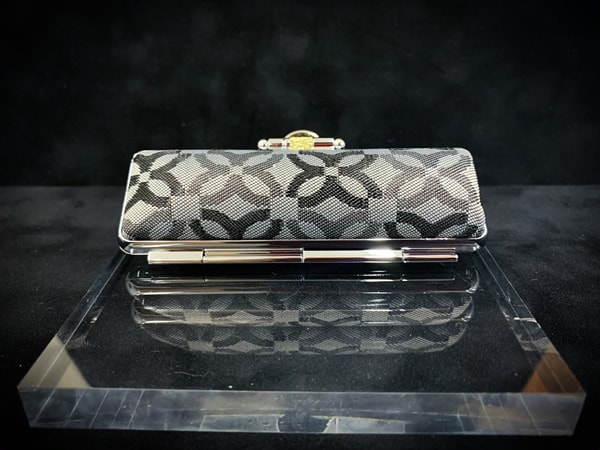- Home
- TRIVIA OF A HANKO
- The history of Hanko
Lineup
7.42019
The history of Hanko
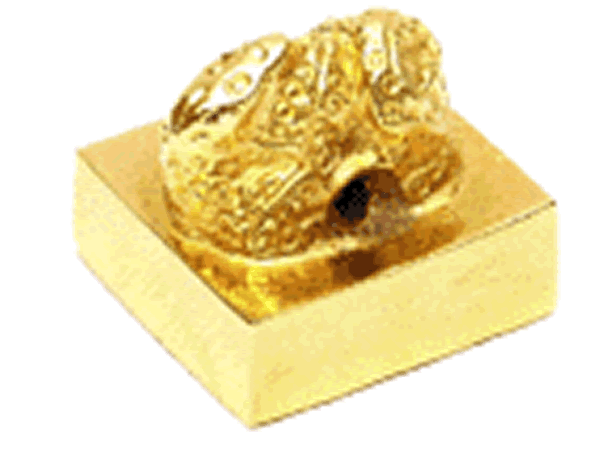
Japan’s oldest gold mark?
Gold mark (monies) will mark made of gold. In ancient China, such as kings, princes, your history Dayu has been with had.
And, it was discovered in Shikanoshima, Higashi-ku, Fukuoka, Japan’s oldest gold mark, referred to as the “Kanyamatoyakko king mark (Inn of cans of Wanonano King)”.
Mark of “Han committee guy king” is, we Emperor Guangwu of the Later Han is said to those given to the guy king Suishō in 57 AD.
To do this, it has been engraved with the “Han committee guy king (cans of Wanonano King)”.

National Treasure is a picture of a replica of the “gold hanko”
The beginning of the ink pad
Vermilion inkpad. From around the Chinese Song Dynasty, it has been said that the ink pad (ink pad) was born. Before that seemed had been using the mud, the alias of the ink pad is a sign mud seems to come from its origin. In addition, in ancient China, vermilion was the symbol of the “noble”. Meaning, such as “holidays” in other So is it includes.
Sealing Te (hankoing)?
Have you kanji of hanko can not read to was the back of the hanko of the envelope I saw are stamped? Will there is any sense.
Apparently, in a typeface called semi-cursive script,: it seems that in many cases are stamped with [緘 cans].
It seems there is a meaning of the “opening prohibited other than the person in charge”.
Close hankoed, such as a letter or a document “hanko”, Fujime, such as letters, documents (or, write the character) “緘” of, It is said that means that the hanko.

It is a photograph of the hankoing
Mark of Kao
To say that Kao (Kao), not a pressed flower. In ancient documents, it is a symbol to write in order to prove that he or she your issue. Originally, it was an alternative to self-signed, Kamakura period after are now many be written under the signature. From around the Muromachi period, also it appeared as the male as a hanko. The origin of Kao is located in the cursive script (so funny) body of the self-signed. By the way, there is a sense that signing the letter that the “press”, which means that it is a means “beautiful thing that was signed”.

Hideyoshi Toyotomi and Hirobumi Ito of is a picture of “Kao”
Tokyo, Bententsuge?
Satsuma (hits in the western part of the now Kagoshima Prefecture) at the famous 柘 (boxwood, Tsuge: buxaceae), but what! Of Tokyo even “Mikurajima” have been cut down.柘 seen in “Mikurajima” is thicker and larger leaves, becomes a tree height 5m stuff large tree, it is said that Bententsuge. Origin of this name is, 柘 of Mikurajima production is, when it is used in the material of the women of the comb in the Edo period, the material, the beauty of the Kitoriko have been said to be from the fact that captivated the inner palace maid who you.
Density, highly rigid, a glossy 柘 is it seems to have been loved for a long time.
By the way, this 柘 of stamp shop 21, said at the beginning Kagoshima Prefecture, is Satsuma this 柘 (Satsumahontsuge).

It is a photograph of a stone monument to introduce the “Bententsuge” on the Mikurajima
What mark sign and hanko mark?
New Year’s card and calligraphy, are stamped, such as the hanging scroll, elegance taste of mark … sign and hanko mark (Rakkan’in).
The sign and hanko, is an abbreviation of the dedication 款職 (dedication monitoring), when the document work has been completed, those referred to as the creation date and the author’s name, also called the act. And, it may be referred to as a sign and hanko the mark itself to be pushed.
In the document works, there is a meaning of each also in place to press the sign and hanko mark.
In addition, one of the sign and hanko mark, Miyabishirushi (GA), it is also referred to as the “mark of the pen name”. It is “the time his pen name” hanko for the male, such as the work of the autograph book. And, because engravings (stippling) is, (the stamp material, to time the character of the hanko script) hanko to be expressed by engrave the Seal Script says.
With the “intent of the play of the mark”, without using their own name or issue, to mark carved a favorite phrase or Kichigo, there is also a sign that 遊印 (incentive).遊印 seems like literati are sometimes male, such as the bottom of the document of the sign and hanko.
… to postcards and New Year’s card and press the “a taste sign and hanko mark”, but it also has a flavor to give. Seal in mark is a product in our shop we have on lovers.
Imprint of the bill and the stamp?
Do you know the bill, that the “imprint” of the stamp has been printed?
Alright. I will read this “imprint” really Nante?
In fact, the bill of the table, “mark Noriyuki president (in-the President)”, is in the back I have been pressed imprint of the “ticketing director (ticketing director)”.
Testimony in the hanko in the paulownia box?
Works of art, do you have that a small mark in such as paulownia box of crafts was apparent that the are stamped? Emacs also has that you have stamped so that it is understood that the top and bottom of the box. … hanko “testimony with the famous stamp” or stamped as the author of the testimony, it seems to or stamped in order to prove the contents of the works and the box.
Press the mark in the books
The term “collection”, that they are collections of books and, it means the book. And the imprint that was stamped on the books in order to clarify the ownership, it has been referred to as the collection mark (books you doing). It is common to hanko to the page of the beginning of the door of the book or the last page,. These Shirushibun and shape to the collection There are a wide variety. History is deeply, from so as to spread the book in mid-Edo period, there is a theory that came to its own imprint is made.
Looks to old books, books mark would not be an exaggeration to say that “the history of 此 of this.”
The world as a “stamp”?
It has been transmitted from the West “system of Hanko”. Whopping in the “Old Testament”, it went down the system of official hanko and personal hanko has been scattered about “place 40”. Currently, the world in the “stamp” are using the Japan, China, Taiwan, South Korea four countries, is the use of only the official hanko in China. Spread around the world, to have inherited “stamp”, there is a flavor to imprint also in the book.
Unusual stamp, Chinshirushi?
It was in the Kamakura period “Fudejikushirushi” is, as its name, seems to have been stamped with the Zhu (or ink) to the axis destination of the brush. Jikusaki is not to be processed, is an ordinary brush without printing. Apparently, it seems to have been the role of the “record confirmation” at the time of the officials.



